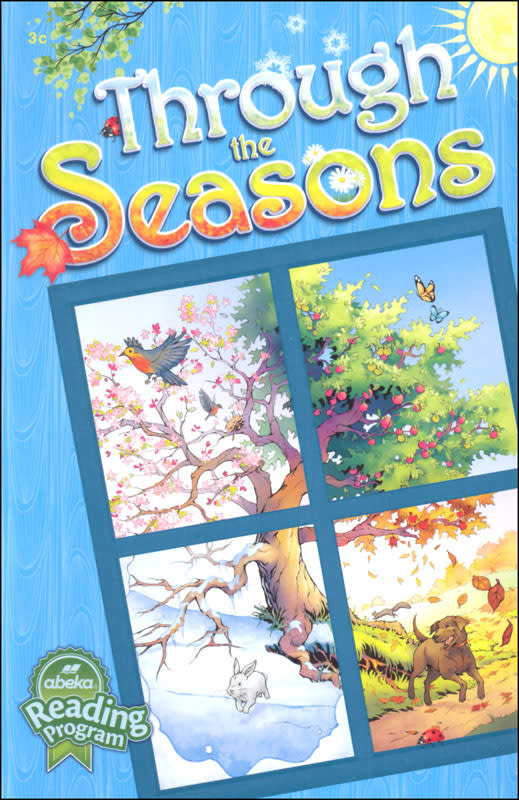- Bargain Items are brand-new products that have been dinged, dented, or scuffed, but are otherwise in usable condition.
- Bargain Items have limited inventory, and they are only reserved for you when checkout is completed.
- Bargain Items are non-returnable and non-refundable.
These 30 readings lead your young reader through the seasons and include treasured stories from Laura Ingalls Wilder, the Velveteen Rabbit, Winnie the Pooh, and poems like Ralph Waldo Emerson’s Father in Heaven We Thank Thee, and Robert Loveman’s April Rain. Story themes include compassion, contentment, enjoyment, family, friendship, God’s creation, gratitude, helpfulness, honesty, love, obedience, resourcefulness, thankfulness, trusting God, and more. Three Dig Deeper activities review simile, comparison/contrast, main character, and setting. You will find answers to the comprehension questions in the Reading 3 Answer Key with Literary Development and Enrichment Activities. This is the Homeschool Teacher Edition Resource. This is Book 3c, the third reader in the Abeka Grade 3 reading program. 138 pgs, pb. ~ Ruth


